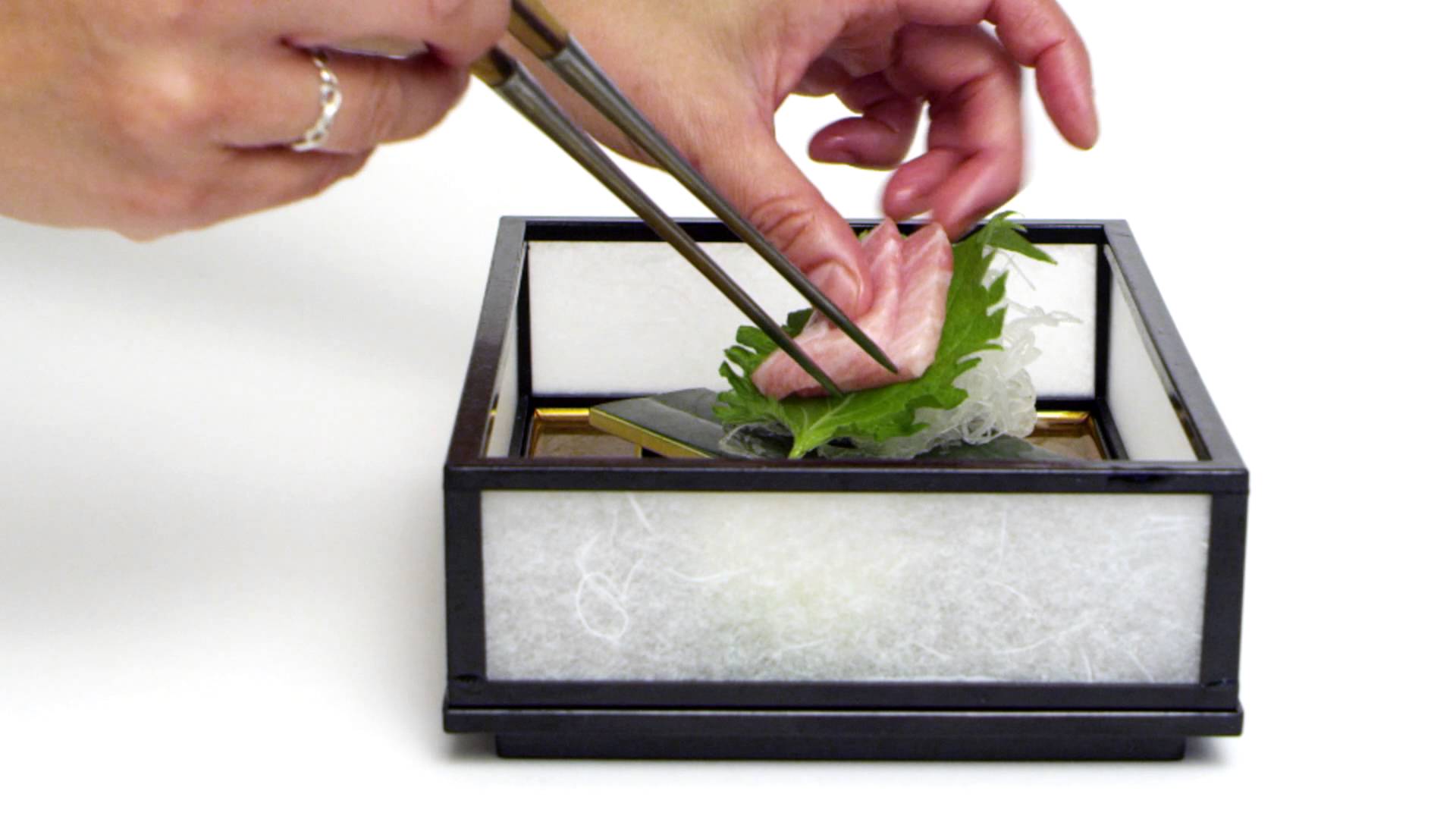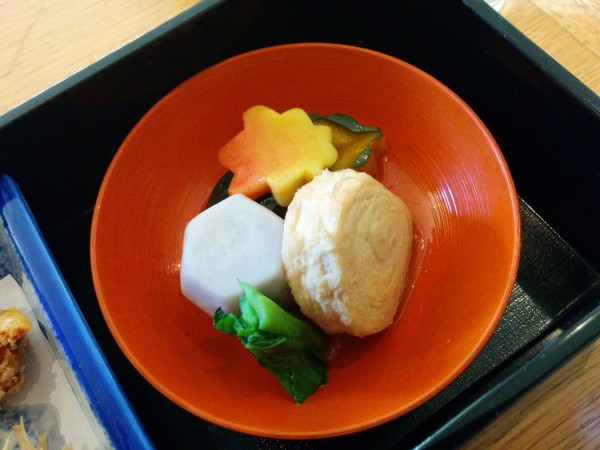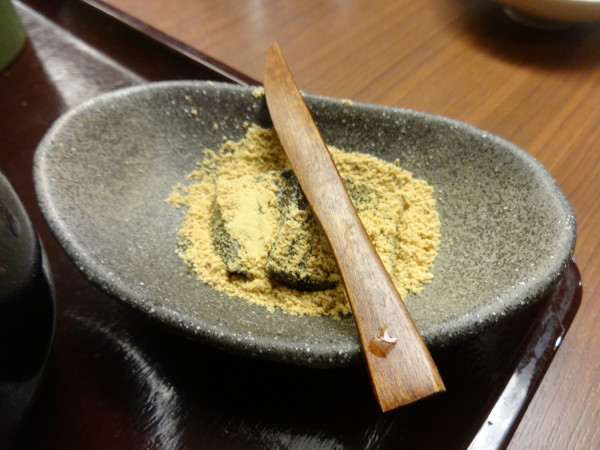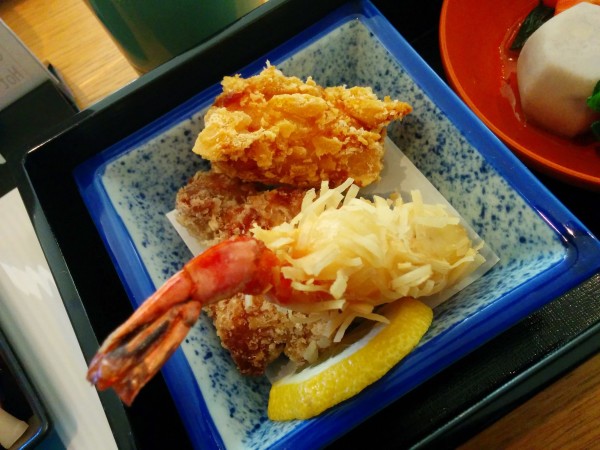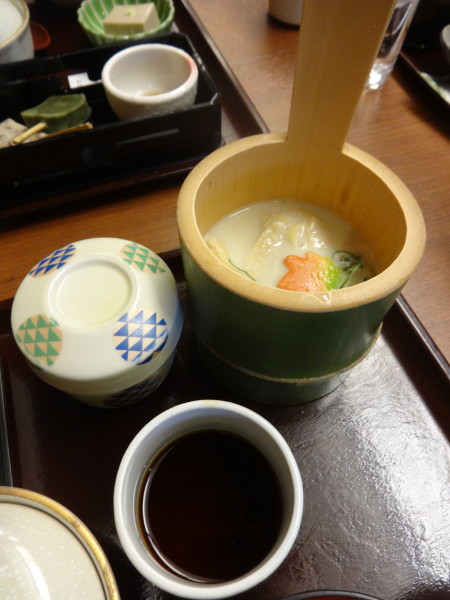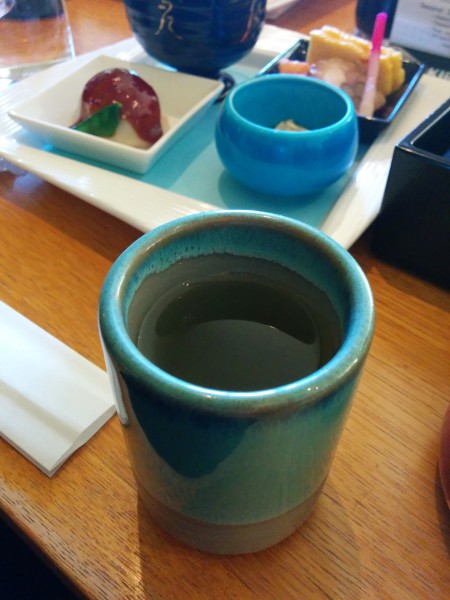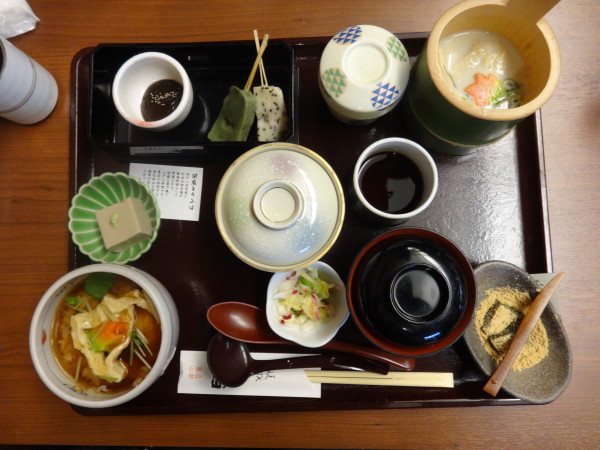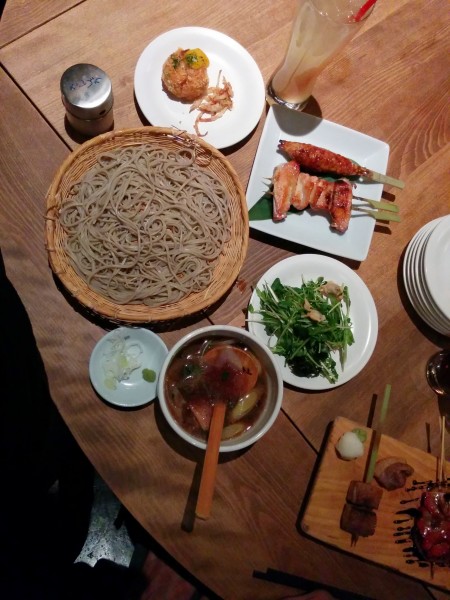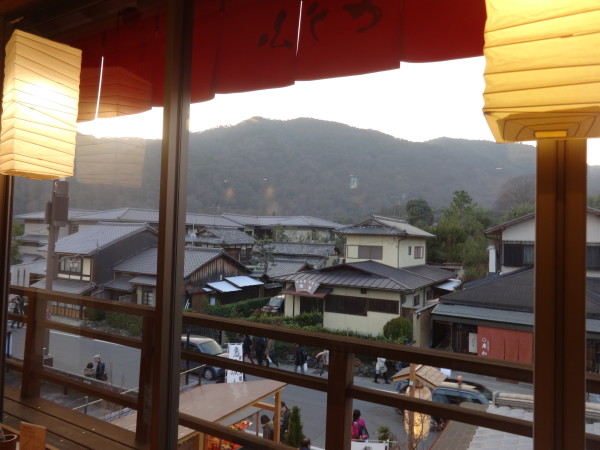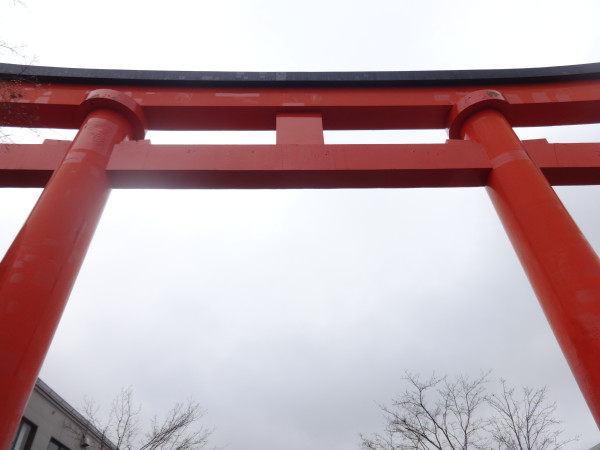I’ve got no patience for food preparation. For me, when it comes to cooking, the simpler, the better. I’m not a picky eater either, and though I enjoy delicious food, I wouldn’t really call myself a foodie. So when I read about Kyoto’s kaiseki specialities, I was not really interested. That is, until I tried some.
Kaiseki is a multi-course traditional Japanese meal supposedly derived from the tea ceremony and buddhist tradition. There’s an emphasis on detail in food preparation, presentation, and overall dining experience. Elements of the ephemeral and imperfect nature of the world are incorporated, and local and seasonal ingredients set the parameters of the meal.
Not all the meals that I considered “kaiseki” are really pure kaiseki, and they weren’t all in Kyoto specifically, but although I’ve had Japanese food my entire life, it really just struck me on this trip and my culinary experiences this time that made me realize there was a certain tradition of attention to detail found in a lot of Japanese food preparation, from expensive high class cuisine to the most detailed and artistic bento creations made for kids to take to school. As I’ve read up a bit on kaiseki, I began to understand the elements of kaiseki that seem to appeal to me.
Presentation
Part of the “taste” of a meal is the visual presentation, and this includes not just the way the food is artistically put together but also the dish ware on which it is served. The next time I’m in Kyoto, I plan to allot one day entirely to just shopping for tea pots, tea cups, plates, and bowls.
Local Ingredients
Thanks to a lot of weight management, nutrition, and fitness these past few years, I’ve become a “pickier” eater in that I’m generally making healthier choices. The bad news is that it’s hard to enjoy a lot of Asian comfort food as a result. It kind of put a damper on the eating aspect of my trip to Taiwan. The good news is that the local ingredients aspect of kaiseki fits into my new whole foods organic eating life. The bamboo in the above pictured dish is from the local Arashiyama bamboo forest.
Tea Ceremony
I’m a big tea drinker, and when I read that kaiseki derived from the tea ceremony and the wabi sabi and zen buddhism philosophies, I realized another reason why I enjoyed kaiseki so much was the philosophy behind it.
Time and Space
A particular aspect of the philosophy of kaiseki that appeals to me is a reverence and mindfulness of the time and space in which the meal is taking place. This includes the seasonal and local ingredients into consideration but also the overall environment of the dining experience.
Next up, Fushimi Inari Temple.
